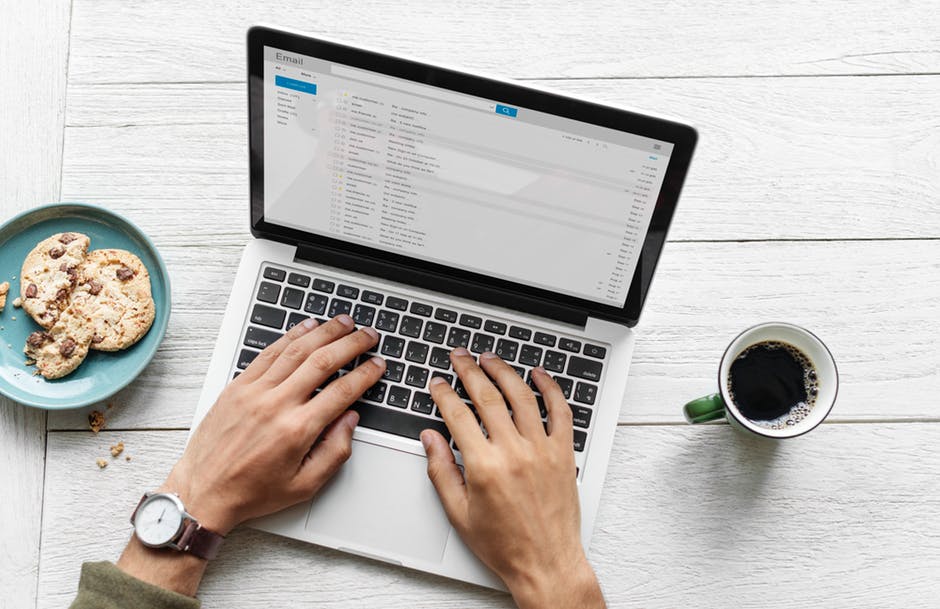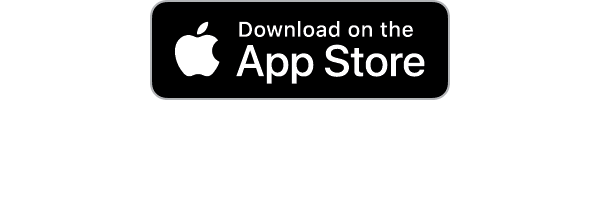When programmer Ray Tomlinson sent the first-ever email back in 1971, he likely didn't expect it to launch the flood of messages we're seeing half a century later. Today, we're sending over 340 billion emails a day, a number predicted to jump closer to 400 billion by 2026.
Gone are the days when mail organization meant reading and replying to an email or two per day. Some of us are wading through dozens, hundreds, or even thousands of messages every time we open our inbox!
Fortunately, with the modern growth of email, modern tools are keeping up. There are plenty of ways to stay on top of your inbox organization, though you'll need to set aside time to customize them and process your messages. Let's take a look at a few key email organization strategies that work and how to get started.
Archive or Delete Old Emails
First things first: the best way to get ahead of emails is to clear out your inbox as much as possible. Getting rid of old emails that you no longer need can eliminate clutter, aid in organization, and even help you focus on the messages that are most important to you.
Both archiving and deleting will clear up your inbox, but they work in different ways.
When you archive an email, the message goes into a special "Archive" folder. These emails will still appear in your search results, but they're gone from your sight. It's the equivalent of filing an old piece of snail mail into a drawer.
When you delete an email, the message vanishes from your account. With most email providers, you have only 30 days to change your mind before the deletion becomes permanent.
This method frees up storage space in your account, especially if you're tossing messages with large email attachments. Keep in mind that you should never save an email just because there's a file attached. Instead, save the file to your computer and delete the message!
In general, you might want to archive an email that contains information you don't need now but might need later. This is also helpful if you have a business that needs to stay compliant with industry regulations.
If you're looking at archiving or deleting a lot of messages, consider using an automated tool. Services like Mailstrom help you delete thousands of emails in a few clicks, making it an easy way to clean up your inbox.
Unsubscribe From Unwanted Emails
Next, it's time to lessen the flood of incoming mail. If you're receiving unwanted emails or newsletters, unsubscribing can reduce the amount of work you have to do to organize your inbox.
An easy method is to unsubscribe from unwanted newsletters the second you see them. If you're dealing with dozens of these messages, however, an email tool may once more be your best bet. Powerful tools like Mailstrom can identify bundles of related mail, including newsletters, which allows you to delete them and unsubscribe in one fell swoop.
While you're doing this, it sometimes helps to mark messages as "spam," especially if you can't unsubscribe. Doing this blocks the sender and can help train your automated spam filter, meaning that it may start sending related emails straight to your spam folder.
Use Different Email Accounts
Stop giving out your email address! Revealing this personal information can make junk mail unavoidable.
Whenever possible, use temporary email services. Browser-based services offer throwaway email addresses that disappear the second you close the window. You can also check out paid services that mask your real email with a disposable one, meaning that snoops and junk mail senders can't reach you when you stop using the throwaway.
You can also use a separate email account for your work emails, personal emails, logins, and shopping or newsletters. This makes it easy to use your newsletter account to collect junk mail and spam without letting these messages reach your real accounts.
Automate Sorting With Filters
Filters are one of the best email organization tools, and every reputable email provider offers them. Sometimes called "rules," these tools let you automate your email sorting without lifting a finger. Because they're so powerful and easy to customize, they can sometimes feel challenging for beginners to set up, but once you get the hang of them, you'll never look back.
You can filter messages by specific email addresses, for example, curating a list of senders whose messages you want to see first. You can filter out marketing messages you don't need to see yet but want to keep, and you can even filter messages with event information to add the details to your calendar later.
Depending on how you want to use them, you can filter messages to specific folders, archive them upon receiving them, or automate your to-do list or calendar. Some platforms also have pre-set filters or "smart folders" that you can adjust to your needs.
Filters work differently between different email providers, so you'll need to do your research to manage your emails.
Use Tools for Manual Sorting
Automated filters take some of the work out of your email organization, but you may still have to do some manual sorting to stay on top of things. Fortunately, most email providers offer manual tools to help with this.
Email labels, also called tags or flags, are labels that you attach to messages to sort them into specific categories. These tags don't place emails into a separate folder, but they make it more obvious at a glance what kind of message you're looking at.
If you like, you can use tags to sort emails according to specific projects, marketing campaigns, clients or senders, and more. You can also label emails according to their urgency or priority.
Email folders are exactly what they sound like. You can use these digital folders to manually sort different types of messages, or you can use them to collect the messages your filters sort for you.
Folders are also great because some email platforms let you queue messages for deletion after a certain amount of time. This means you can schedule your sorted messages for automatic deletion if you haven't interacted with them in a few years.
Some email providers also let you "star" emails. This can be a helpful way of marking any urgent or important messages.
Depending on your email provider, you may also have access to additional platform-specific tools for manual sorting. Be sure to do your research!
Set Aside Time to Process Emails
It's sad, but true: sorting through your inbox is a never-ending task. You'll always have messages to process, but setting aside time for it can help you stay on top of your organization.
We recommend scheduling time to organize your messages. You may want to do this a few times a week or once every day, depending on how many emails you're receiving.
This "batch processing" strategy gives you time to read through and sort unread emails, archive or delete unwanted messages, respond to senders, and remove clutter without feeling like you've fallen behind. It also helps you manage emails without checking them outside of your work hours, which can sometimes be frustrating and stressful.
Where possible, use the OHIO method, which stands for "Only Handle It Once." In other words, when you check an email, decide right then what needs to happen with it. Whether you need to archive it, respond, or sort it into a folder for a detailed response, do it right away!
You may also need to set aside time for a longer deep cleaning of your inbox. This can address any significant batches of emails that have piled up beyond your usual batch processing. Think of it as spring cleaning, and focus on archiving and deletion.
Don't Use Emails as a To-do List
We've hinted at this above with the OHIO method, but it bears repeating: sort your messages right away.
It's tempting to use unread emails as a to-do list. By marking them "unread" and leaving them at the top of your inbox, you know what responses, actions, or activities you still need to perform. However, these messages can pile up fast, leaving your inbox crowded and disorganized.
Instead, switch to a different to-do list tool. Many of the best modern apps can even integrate with your email or calendar, allowing you to eliminate visual clutter in your inbox without losing track of vital to-dos.
Use Mailstrom for Better Mail Organization
Stop dealing with email overload! Setting aside time to organize your inbox and clear out clutter can be a great way to focus on the messages that matter.
As you clean out your inbox, don't forget to make the most of built-in platform tools as well as email productivity services like Mailstrom.
Our powerful features allow you to manage your inbox any way you see fit, whether you want to hack your way to "inbox zero," unsubscribe from annoying newsletters, or get extra spam protection. Mailstrom even works with a range of platforms, making it easy to sort through thousands of emails no matter where your account is set up. Start your free trial todayto see what Mailstrom can do.



